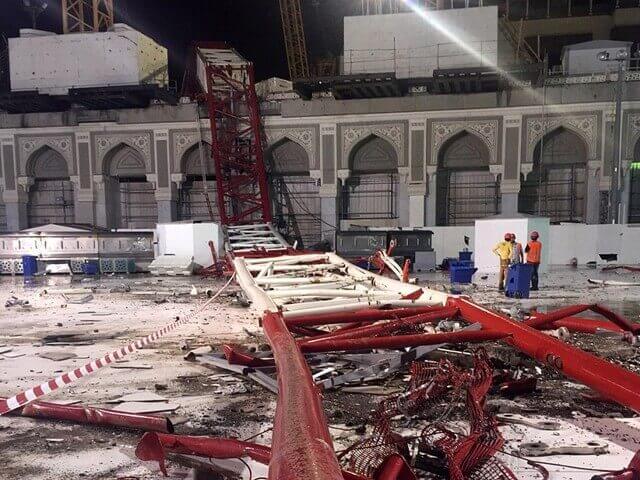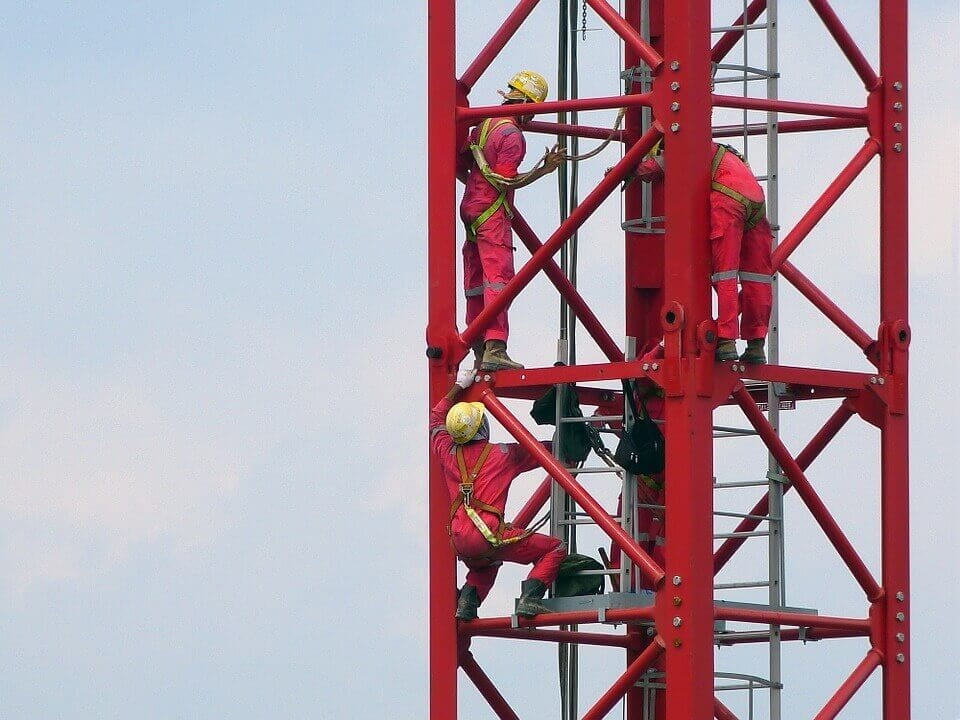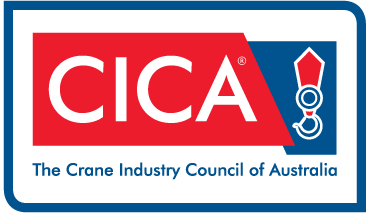
Accidents caused from crane activity occur all too often in the Australian economy. Between 2003 and 2013, Safework Australia reported 44 deaths from crane related incidents. The growth of the Australian economy is intrinsically integrated with the use of cranes, as highlighted in the video below.
However, it is in each crane operator and owners duty of care to prevent risks or hazards that could contribute to crane related accidents.

Unsafe crane activities puts workers and bystanders at risk of sustaining injury or even death. It is critical that crane safety initiatives are practiced to minimise the risk of crane-related accidents. Below you can see a compilation of crane accidents from YouTube. Please be advised that the content may be shocking and you should watch it at your own discretion.
On December 14th, 2015, Channel 9 News reported that an older man and his son were involved in a crane crash in Brisbane after they decided to go up the crane to take pictures. The father died and the son was taken away in a critical condition. Brisbane Times reported in November that a man in his early 30s had died after being run over by a crane in the workplace on a site at Ipswich in Queensland. Although both of these deaths were accidental, it shows how important crane safety is to protecting people that are on or around the crane site.
The code of practice for cranes is set by Safework Australia to avoid accidents like these, which can result in serious injury, trauma and death. Not for profit crane organisations like CraneSafe have taken crane safety initiatives forward by providing crane assessment programs throughout Australia. Crane owners already have a duty of care responsibility under each individual state’s operational health and safety (OH&S).
It is important that the potential risks and hazards are identified, so they can be managed or controlled to minimise the threat of accidents. Hazards can occur from a range of factors, such as the following.

Some of the other serious safety hazards crane operators need to be aware of include the following.

Crane operators need to be aware of the clearance space between the mobile crane, pedestrian traffic routes and other structures such as buildings and overhead lines.
Falling people and objects.
There is the risk of falling objects during the erecting or dismantling activities, as well as the risk of falling loads. Workers also face the risk of falling from heights. Hence why maintenance checks of tower cabins and using work boxes to lift and position workers is important as a safety measure.
There are several web resources available that you can reference to improve the safety of your crane operations.
If your business is involved in crane operations, seek to improve safety initiatives by removing hazards or risks that may lead to accidents. It is in your duty of care to maintain the safety on your crane’s site.

Our range of hire equipment includes cranes, crane trucks, heavy haulage trailers and gears, access equipment and pilot vehicles.
We also provide nationwide 24/7 transport and crane hire services. At Membrey's we take a personalised approach to your transportation needs. We will work in partnership with you to find the right equipment and solution for your project needs.
Call us now and we'll be happy to discuss your project needs.

